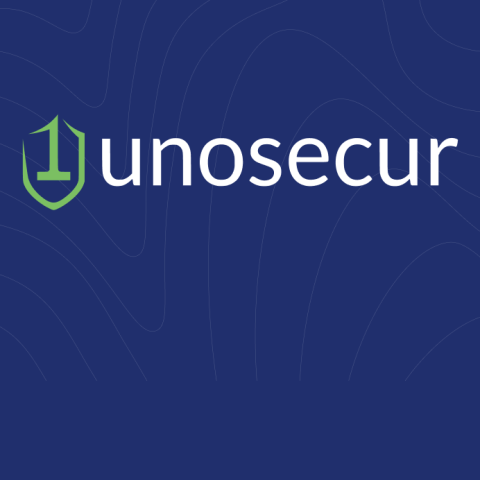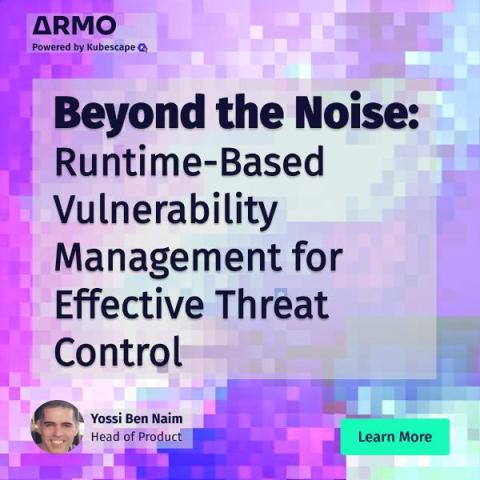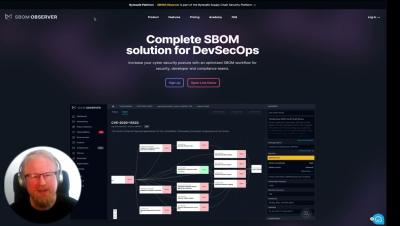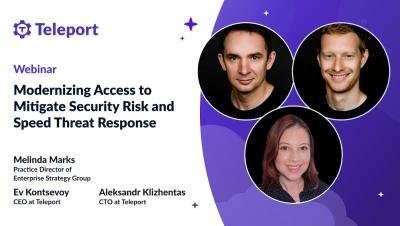What is SAML and why you should care
In today's digital world, secure authentication is not just a necessity; it's a cornerstone of trust between services and their users. Navigating the complexities of SAML and implementing robust single sign-on (SSO) solutions can be daunting for many organizations. This document explores the critical role of SAML in enhancing web security, the challenges businesses face in adopting it, and introduces BoxyHQ's streamlined approach to simplifying this process, making advanced security accessible to all.











